Have you ever wondered what it takes to translate the Bible into a previously-unwritten tribal language? No? I’m going to tell you anyway.
Step 1: Move into a tribal village, learn their language and culture through lots and lots of conversation, and write an alphabet for their language so that you can write it down. (Note: This step takes several years and involves much frustrated hair-pulling and friendly arguments with your spouse. Don’t give up!)
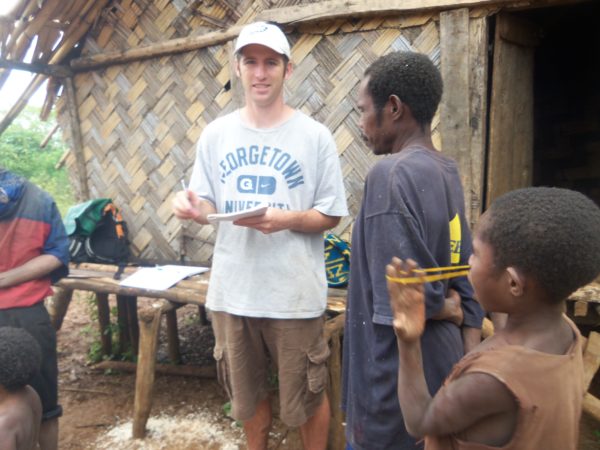
Step 2: Sit down at your computer with a vast array of Bible translations, commentaries, and linguistic analyses and write down how you would say the book of Genesis in the tribal language. Don’t forget to correctly explain the things for which there are no words in the tribal language, like grace, love, forgiveness, thanks, goats, priests, bread, yeast, and camels.
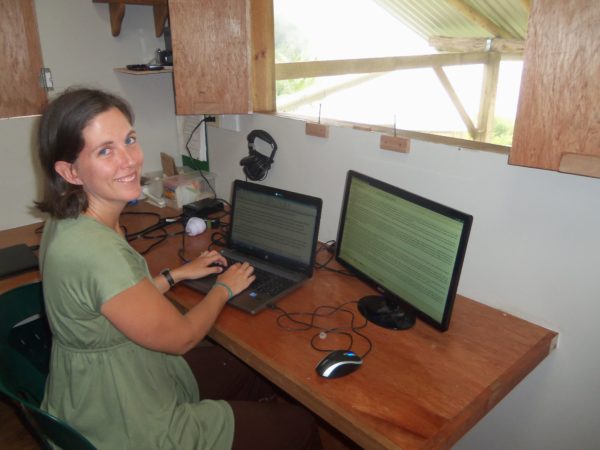
Step 3: Sit down with your first draft and your village neighbor and read through what you have written a paragraph at a time. Have your neighbor repeat back to you what you have written and record what he says so that you can later go back through your draft and make changes so that it sounds more natural. (Note: This step seems like it takes several years.)
Step 4: Sit down with your revised draft and several neighbors this time and read through what you have written a paragraph at a time. Have your neighbors repeat back to you what you have written (preferably one at a time, but in stereo is good, too) so that you can see if they understood it. Don’t be discouraged by blank stares at this stage. It just means that you did a bad job. You should probably make some revisions.
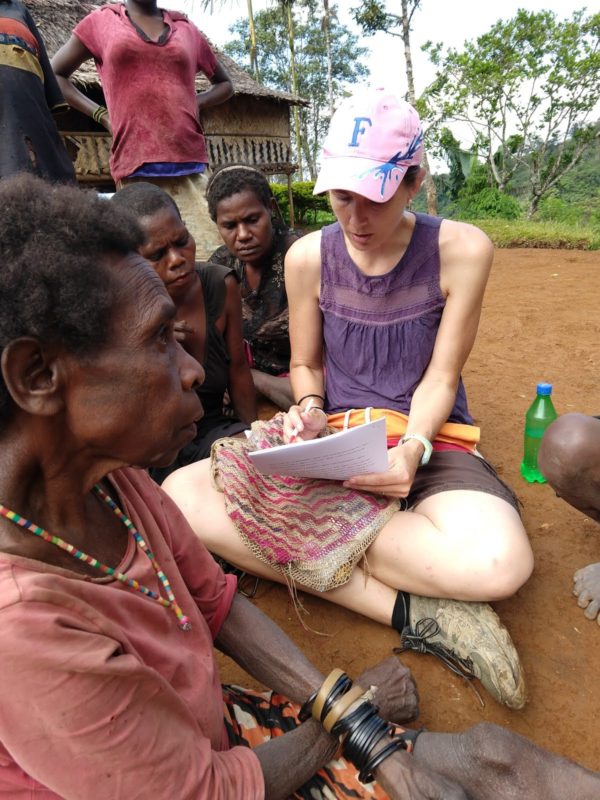
Step 5: Repeat step 4 two more times with different people, hopefully with fewer blank stares.
Step 6: Take what you have painstakingly translated into the tribal language and translate every word of it back into English so that the translation consultant can read it. Make sure you pick the right translation of words for which there is no English equivalent, like yap, ə ge, and ilinə.
Step 7: Go through your English translation of the tribal translation, verse by verse, and check it against the original English translation, making sure that you haven’t left anything out or added anything or messed things up generally. You can then proceed to send your English translation of the tribal translation off to the consultant with large amounts of confidence.
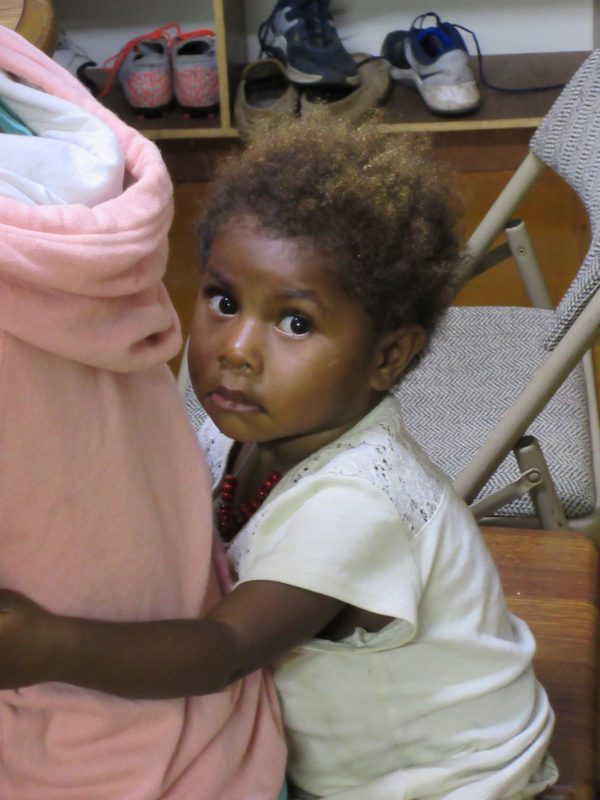
Step 8: Pick up the pieces of your shattered confidence as you go through the list of all the mistakes you made which were kindly pointed out to you by the long-suffering consultant. Fix your mistakes.
Step 9: Sit down with the consultant and a few village neighbors who have never heard this translation before and repeat step 4 again, but with your neighbors repeating back what you have read in the trade language so that the consultant can understand what they’re saying. Hopefully there will be no blank stares this time.
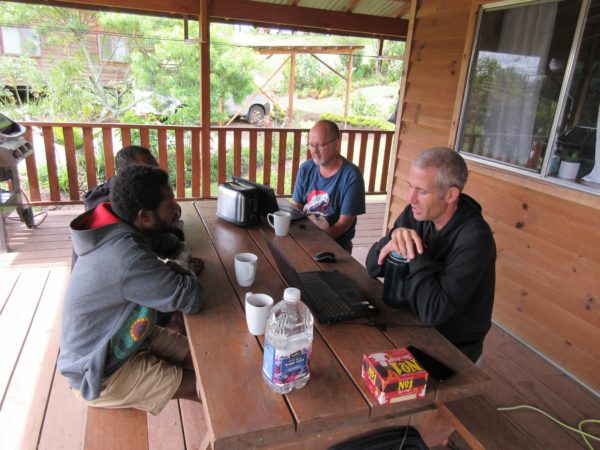
Step 10: Send your final version of the translation off to the print shop, and then distribute the printed copies to your village neighbors so that they can read God’s Word in their own language! (Note: Take some time to enjoy the feeling of satisfaction before you listen to your neighbors read the translation out loud because this will immediately cause you to notice the words you misspelled and the things you could have said better and you will never be able to escape it for as long as you live.)
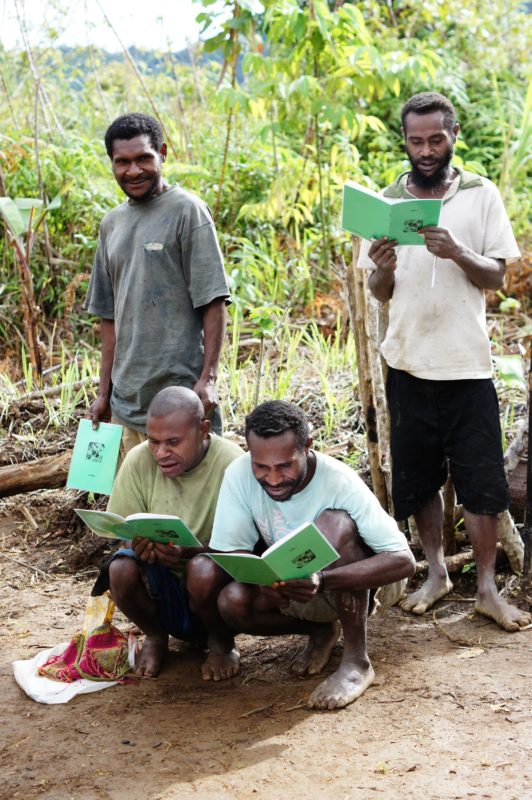
After our most recent translation check, we were able to print the books of Colossians, Galatians, Philippians, and Revelation. Chris will take them to the Pal church when he goes to visit in a couple of weeks. Thanks for praying for us as we work toward a mature Pal church that is equipped to use God’s Word in the fight against darkness.
Helen W Beam says
Thanks for that! I read it to my older daughter. I’m in Michigan visiting. You did a beautiful job explaining all you have to go through and do to get a valid translation. Praying and loving you! Keep sending the great blogs!
Dorothy Bowler says
Love your blogs!